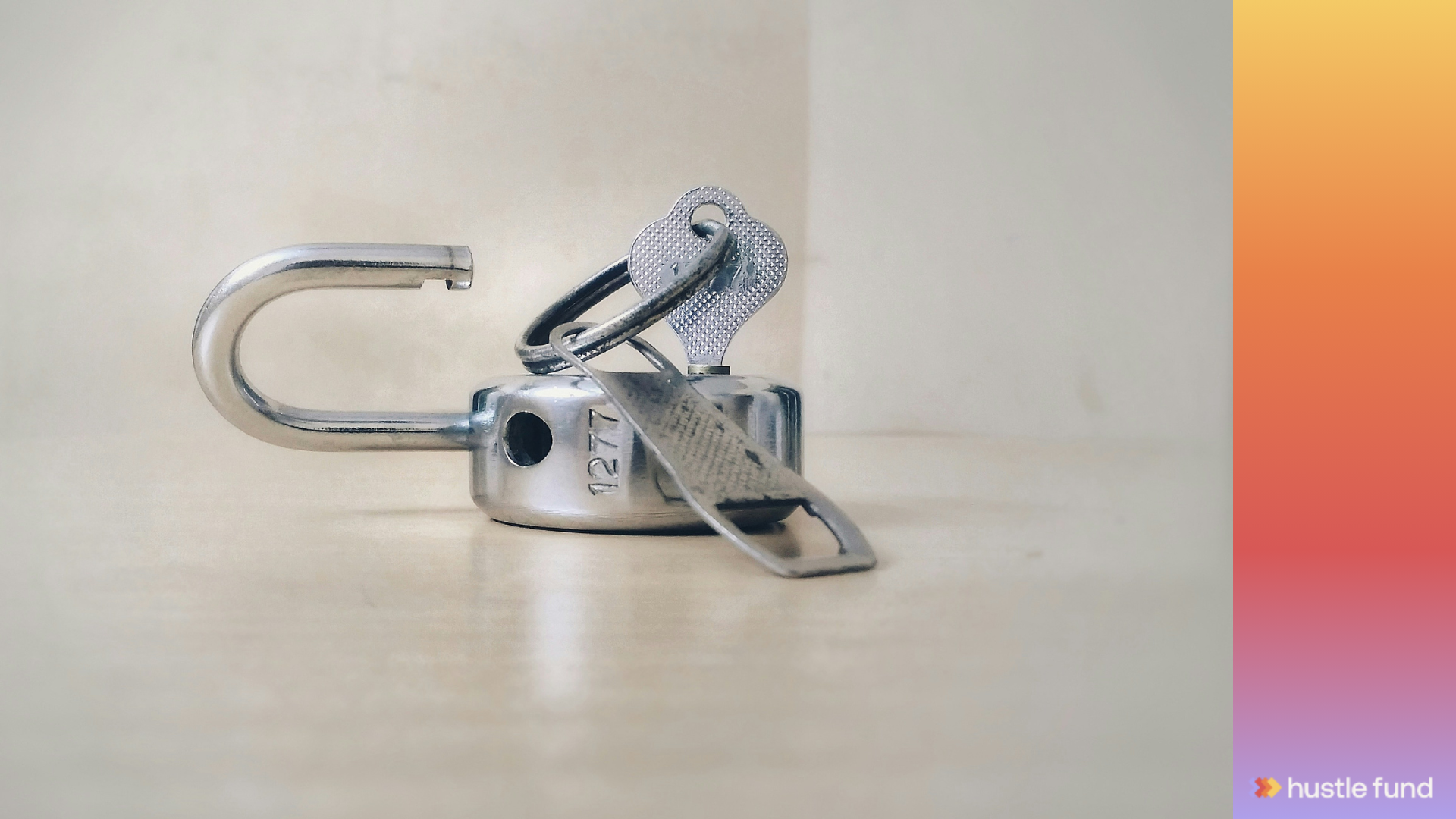Fund Distribution: When Do You Actually Get Your Money Back?
.png)
Brian Nichols is the co-founder of Angel Squad, a community where you’ll learn how to angel invest and get a chance to invest as little as $1k into Hustle Fund's top performing early-stage startups.
The hardest part of venture capital isn't finding good companies. It's waiting for the damn money to come back.
You invest in a fund. Years pass. You see portfolio companies raising new rounds at higher valuations. Your quarterly reports show strong paper returns. Everything looks great.
But your bank account? Still the same.
This is the reality of fund distributions. The moment when your investment finally converts from an accounting entry into actual cash. And it almost never happens when you expect it to.
The Long Wait
Let's set expectations. You invest in a venture fund in 2025. When do you realistically see meaningful distributions?
Best case? 2030-2032. More likely? 2033-2035.
That's 8-10 years from initial investment. And that's if things go well.
Why so long? Because startups take forever to reach liquidity. Even fast-growing companies typically need 7-10 years from founding to exit. And the fund probably didn't invest on day one, so add another year or two.
For pre-seed funds, the timeline is even longer because companies need to raise multiple rounds before they're ready for an acquisition or IPO.
How Distributions Actually Work
When a portfolio company has a liquidity event, the fund receives cash or liquid stock. The question then becomes: what does the fund do with it?
Option 1: Distribute to LPs. Send the money out proportionally to all LPs based on their ownership. This is what most LPs expect and want.
Option 2: Recycle. Reinvest the capital into new companies or follow-ons. This potentially drives higher returns but delays when LPs get money back.
Most LPAs give GPs discretion on this decision, though there are usually limits on how much can be recycled (typically 120% of fund size).
The Tax Surprise
Here's something that catches people off guard: you might owe taxes on fund gains even before you receive distributions.
When a portfolio company raises at a higher valuation, that creates a paper gain for the fund. Some of that gain might be allocated to you as an LP. You now have taxable income even though you haven't received any actual money.
Good fund managers distribute enough cash to cover these taxes. But not all do. Read your LPA to understand the distribution policy.
.jpg)
DPI vs TVPI
You'll see these acronyms in quarterly reports. Here's what they mean:
TVPI (Total Value to Paid In). This is what the fund is worth on paper. If you invested $100k and the TVPI is 3.0x, your position is theoretically worth $300k. But you haven't received anything yet.
DPI (Distributions to Paid In). This is actual cash returned to LPs. If you invested $100k and DPI is 0.5x, you've received $50k back.
The gap between TVPI and DPI is the frustrating part. You might have great paper gains for years before any actual distributions occur.
A fund with 5.0x TVPI but 0.2x DPI might look amazing or might be in trouble, depending on how long it's been around and what the exit environment looks like.

When Distributions Hit
Early exits (years 3-5). Some portfolio companies exit early for modest amounts. Maybe a $50M acquisition. The fund might recycle this or distribute it, depending on strategy.
These early distributions are usually small but psychologically important. They prove the fund can actually return capital.
Mid-stage exits (years 5-8). This is when you start seeing meaningful liquidity events. Companies that raised Series A or B are getting acquired or going public.
If the fund has a winner here, distributions can be substantial. This is also when you'll see the biggest gap between funds – some are returning 2-3x, others are still at 0.5x DPI.
Late-stage exits (years 8-12). The final big winners exit. These can be fund-returners – single companies that give back 3-5x the entire fund size.
At this point, the fund is mostly just managing remaining positions and distributing capital as exits happen.
The IPO Problem
IPOs used to be the gold standard exit. But they've become complicated for distributions.
When a portfolio company goes public, the fund receives tradable stock. But there's usually a lock-up period (6 months) where they can't sell. And even after lock-up expires, funds need to be careful about selling too quickly and tanking the stock price.
So an IPO doesn't immediately mean distributions. It might take 1-2 years after the IPO to fully liquidate the position.
Plus, markets can turn. A company IPOs at $20 per share, fund is calculated to receive $10M. Then markets crash and the stock is at $12. The distribution ends up being $6M instead.
What Can Go Wrong
Premature distributions. Fund distributes early exit proceeds, then later companies fail. The fund might not return 1x, but GPs already received carry. Some LPAs have clawback provisions for this.
Trapped in illiquid holdings. Ten years in, the fund still has meaningful positions in companies that can't exit. These zombie positions tie up capital indefinitely.
Recycling debates. LPs want distributions, GPs want to recycle for higher returns. This tension is real and can damage LP-GP relationships.
We've seen funds where LPs are unhappy because they haven't received distributions in year 7, even though exits have happened. The GPs are recycling aggressively, which is probably the right long-term decision but frustrates LPs who need liquidity.
What This Means for Your Portfolio
If you're building an angel portfolio or investing in multiple funds, you need to think about your own cash flow.
You commit $500k across five funds. For the first 3-5 years, you're just writing checks for capital calls. No money is coming back.
Year 5-8, you start getting small distributions. Year 8-10, you're hopefully getting substantial money back.
This is why venture capital is called "patient capital." You need to be financially stable enough to tie up money for a decade.
At Angel Squad, we help members think through portfolio construction across both direct investments and fund investments. Because understanding cash flow timing is critical to not getting yourself in a liquidity crunch.
The Bottom Line
Fund distributions are the unsexy reality of venture capital. Everyone loves talking about TVPI multiples and which companies are crushing it. Nobody wants to talk about waiting 8 years to actually see cash.
But this is how it works. Venture capital is spectacularly illiquid. The returns can be amazing, but you're signing up for a long-term commitment.
The best thing you can do as an LP is set realistic expectations. Assume you won't see meaningful distributions for 7-8 years. Anything sooner is a pleasant surprise.
And when those distributions finally hit your bank account after years of waiting? That's when venture capital feels real. That's when paper gains become actual returns. That's when you understand why people put up with the long wait and the illiquidity.
Because when it works, it really works.













